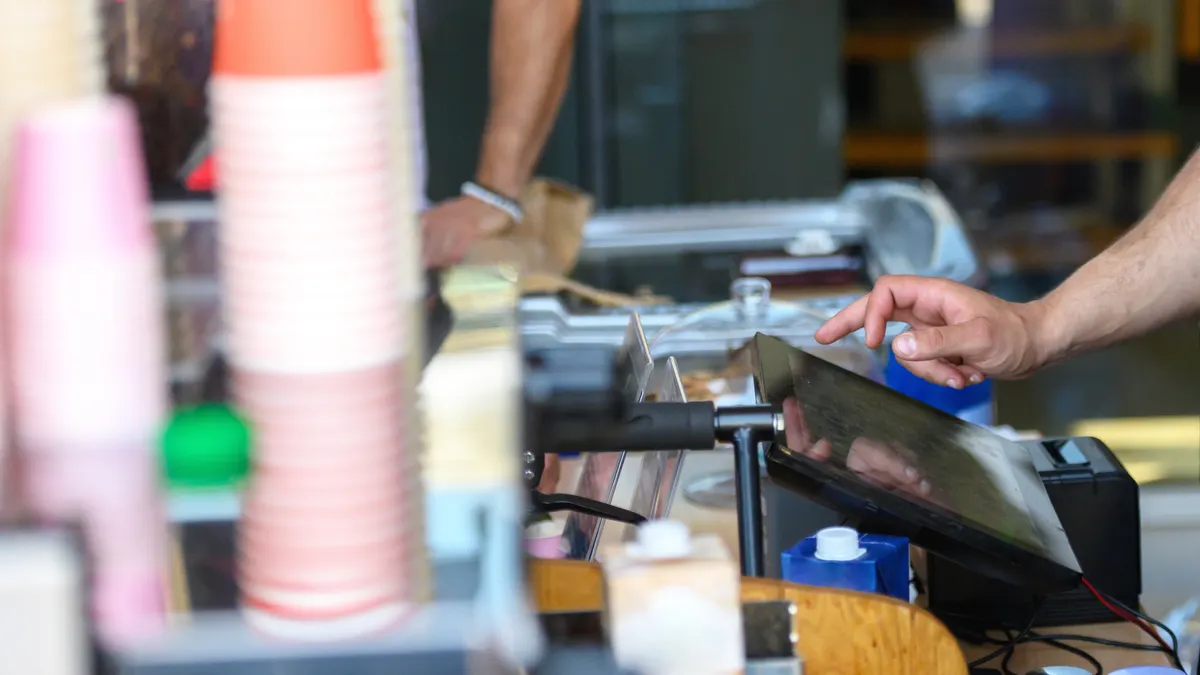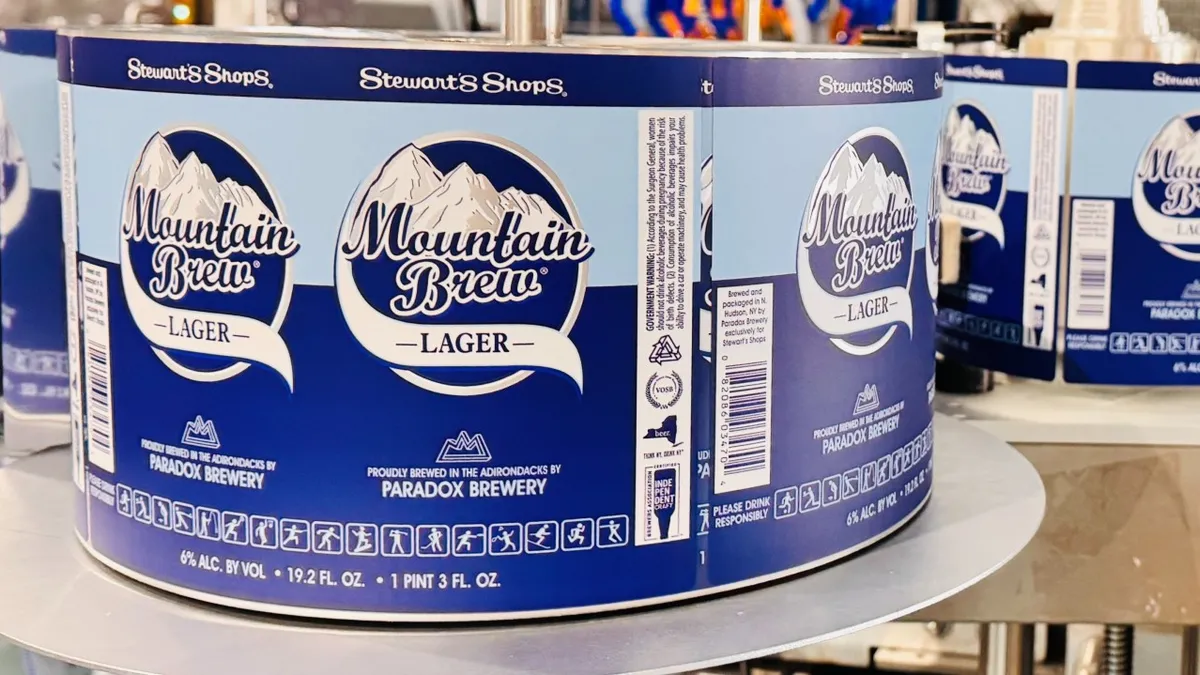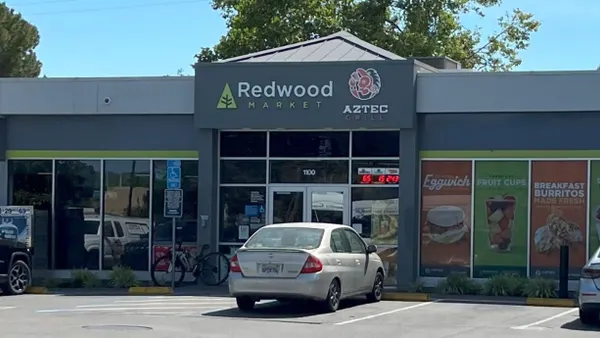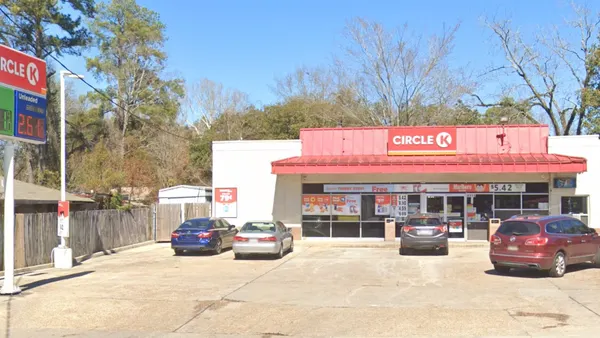The convenience store business model thrives because it prioritizes ease for customers to make purchases. In today’s digital age, the same principle applies but how it is integrated into the shopping experience is changing. Rather than counting on consumers to stop in while fueling their car or when they are in a hurry, c-stores must meet customers where they are — namely, their devices.
Just as grocers and quick-service restaurants are leaning into mobile apps and digital advertising, convenience stores that capture engagement will maximize the power of physical-digital integration.
Offerings inside convenience stores have already evolved from the days of soda and candy shopping to full meal offerings like pizza, sandwiches, salads and other items traditionally associated with dining establishments. Marketing these offerings to younger generations through targeted advertising, rewards points, and digital-specific special offers convenience stores the potential to compete for a broader audience spending more per visit than an in-and-out trip.
Gen Z and millennials are driving demand for tech-enhanced, seamless shopping journeys and expect digital convenience and in-store engagement in equal measure. A 2024 PwC survey confirms shoppers’ preference for this convergence, with nearly 70% of Gen Z citing the importance of being able to use a store app when shopping in-person.
Younger generations don’t distinguish between digital and physical shopping, and neither should convenience store brands. Here, we highlight four pathways to engage tech-savvy consumers to create a shopping journey that drives customers to c-stores offering savings on time and prices that QSRs cannot.
Unifying Digital and Physical Brand Experiences
Elevate your digital presence beyond off-the-shelf solutions
Off-the-shelf or white-label apps and websites often fall short of typical brand standards, presenting a missed opportunity to seamlessly extend a c-store’s physical brand experience into the digital realm. While these solutions offer quick deployment, they frequently lack the customization and unique features necessary to truly reflect a brand’s identity and provide a cohesive customer journey. A generic digital interface can dilute the carefully cultivated in-store atmosphere and customer recognition built over years. To truly engage modern consumers, c-stores must invest in digital platforms that mirror the distinctiveness and quality of their physical locations, ensuring a consistent and memorable brand presence across all touchpoints.
Mastering the Mix: Consider the experience of Wawa. Known for its loyal customer base and distinctive in-store experience, including made-to-order food and unique coffee offerings, Wawa has successfully translated its strong physical brand into a robust digital presence. Instead of relying on a generic app, Wawa developed a highly customized mobile app that reflects its brand identity, from its visual design to its user experience. The app allows customers to order food and beverages for pickup, pay with their Wawa Rewards, and find store locations, all while maintaining the familiar Wawa aesthetic and ease of use. This bespoke digital platform reinforces the brand’s commitment to convenience and quality, making the online experience feel like a natural extension of walking into a Wawa store. This deep integration of their unique brand elements into their digital tools ensures that customers feel the same connection and familiarity whether they are in-store or interacting with the app.
Integrating the mobile app with in-store promotions and loyalty programs
Your mobile app should do more than show locations and fuel prices. Today’s leading platforms provide value to customers with features such as location-based push notifications to alert customers to exclusive deals when they're within proximity of the store; the ability to earn rewards points through digital interactions like sharing social content or completing surveys, which can be redeemed at the register or ordering digitally.
The most effective integrations create a loop: in-store purchases generate personalized mobile offers based on buying history, while app engagement drives customers back to the store with targeted incentives attempting to upsell on previous orders.
Mastering the Mix: Parker’s Kitchen, a chain with more than 100 locations across the south, has redesigned its app to better serve customers, integrating the Parker’s Rewards App, self-checkout technology, and upgraded security. The upgrades allow the company to personalize offers and recommendations, creating a more enjoyable experience for the customer and adding additional revenue to the company.
Enable seamless digital-to-physical transactions
C-stores are increasingly differentiating themselves through expanded fresh food programs. The 2025 Convenience Store Trends Report found that 85% of U.S. shoppers have tried made-to-order food at a convenience store, and nearly three-quarters of respondents view c-stores as an alternative to QSRs, up from 56% in 2024.
This trend represents a significant growth opportunity. In order to compete with restaurants already encouraging online ordering, c-stores must have the same functionality and service, as well as a product customers will want to re-order in the future.
Order-ahead functionality allows customers to browse your menu, customize orders and pre-pay through your digital platform before arriving at your location. This convenience cuts down on wait times, a priority for consumers, and reduces checkout bottlenecks during peak hours, creating efficiency in the store’s operation.
Mastering the Mix: With 2,600 stores across 16 states, Casey’s General Stores is known as much for its pizza and other prepared foods as for fuel and its snack and beverage assortment. Building upon its existing reputation — Casey’s is the fifth-largest pizza chain in the U.S. by number of kitchens —the brand provides a full complement of services on its app, including delivery, order-ahead and pick-up. Customers can pay in the app and use its rewards program to pay with their Casey’s Cash balance.
Leverage in-store digital tools to amplify digital campaigns and offers
Most c-stores rely on email, SMS or digital advertising campaigns to serve up promotional content. But don’t let the communication stop when they arrive on-site. Your store's digital infrastructure can serve as a powerful amplification system for online marketing efforts, creating contextual opportunities to reinforce messaging when customers are in a position to make in-person purchases.
Position digital screens at fuel pumps, checkout counters and other high-traffic areas to mirror the promotional content customers see in your email campaigns and social media feed. Use data from online and in-store interactions to tailor offers and recommendations at the point of purchase. Self-service kiosks are another growing trend, as they put the customer in control of their order while freeing employees to tend to face-to-face interactions to demonstrate a personal touch.
Blending digital and physical experiences is also a chance to forge stronger partnerships with CPGs by selling digital advertising space promoting their packaged products through potentially generous promotions. This creates greater revenue for the store and goods company.
As evidence of the change in how consumers engage with advertising, the 2025 Convenience Store Trends Report found that nearly half of shoppers noticed digital ads on-site, up from just over one-quarter in 2024, and more than one-third attributed a purchase to such an ad.
Mastering the Mix: Circle K has developed a vast retail media network with over 13,000 digital screens at 6,000 Circle K locations. Its robust combination of an in-store digital network and mobile app provides consumers with offers, coupons and rewards to use in-store and digitally, making it attractive to CPG partners.
Creating Cohesive C-Store Brand Experiences That Convert
Blending online and offline journeys into omnichannel experiences will continue to be critical for success. As Charlie McIlvaine, vice chairman of research and technology for the National Association of Convenience Stores (NACS), said at the 2024 NACS State of the Industry Summit, “The convenience industry needs to embrace the opportunity to become a phygital [1] space.”
An elevated physical-digital strategy positions your c-store as a tech-forward destination, with omnichannel integration that encourages customers to move fluidly between digital and physical touchpoints. As convenience stores continue to try to pull customers from quick service restaurants, they must connect with customers with the services and amenities they are accustomed to. Convenience in today’s marketplace means being available wherever customers are.










